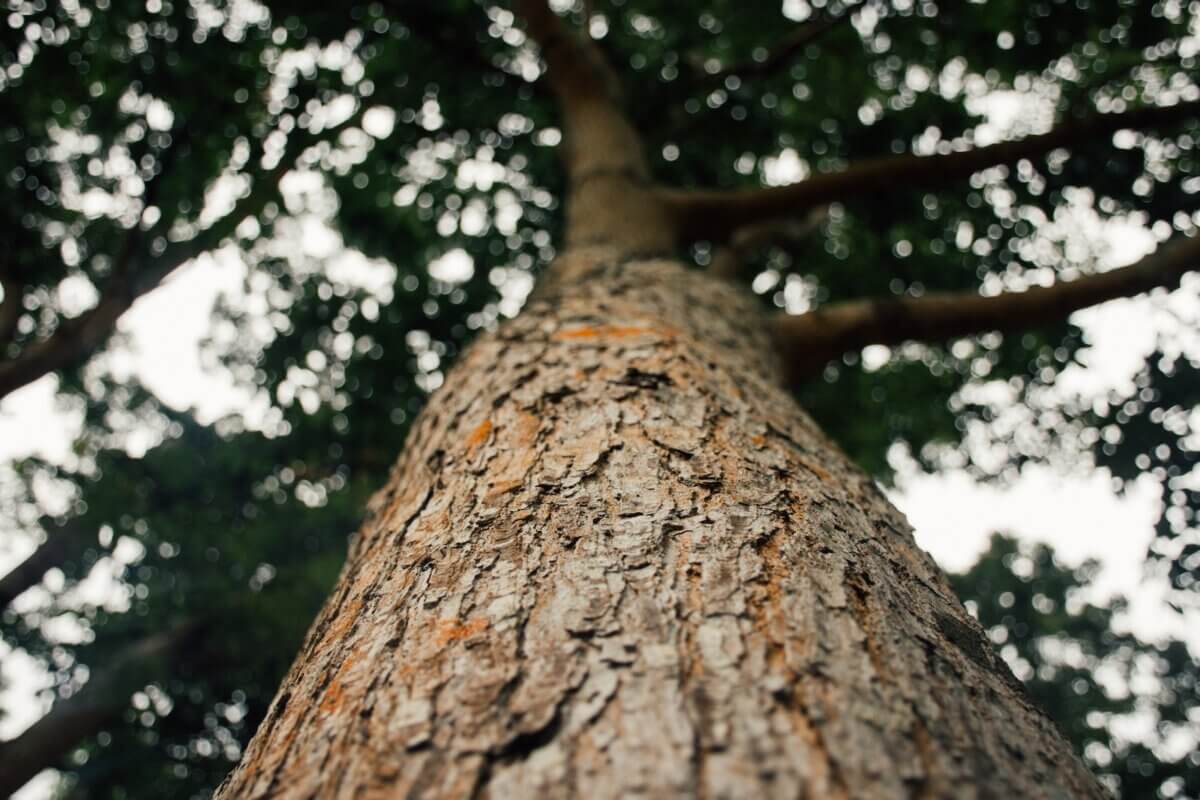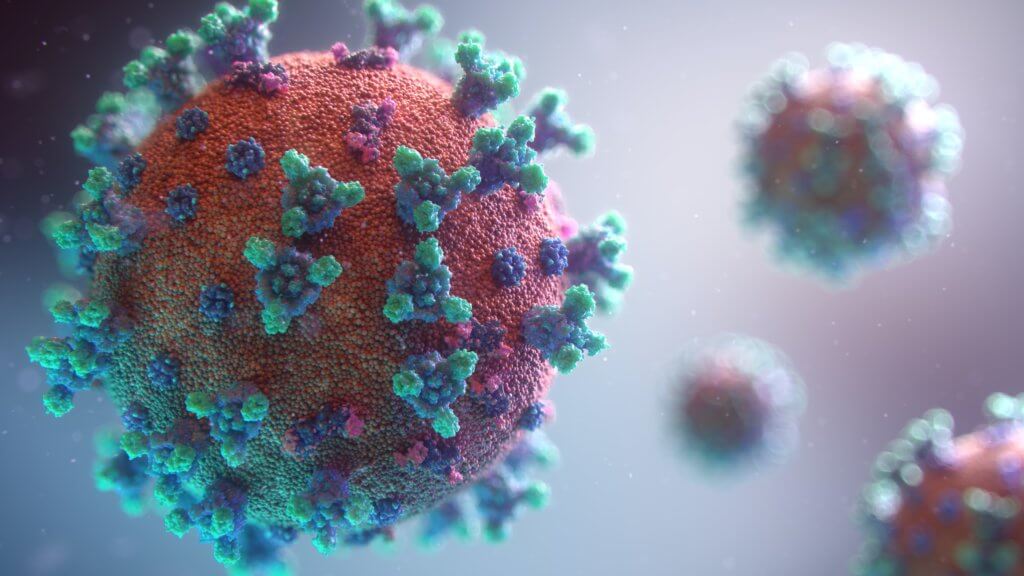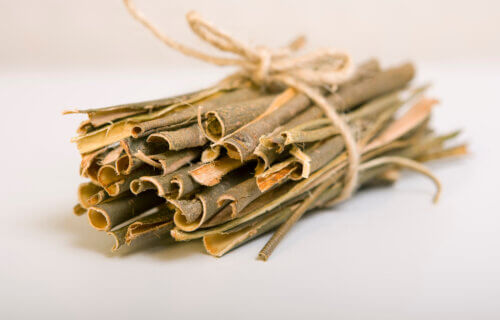JYVÄSKYLÄ, Finland — Willow bark has a long history of helping to create new medicines. The best example is likely salicylic acid, the precursor to modern aspirin. Now, researchers in Finland report that a batch of new, specially processed samples of willow bark extract may hold the key to powerful antiviral drugs for the first time ever.
The new extract proved effective against two common varieties of viruses with very different structures, enteroviruses and coronaviruses. The research team says this breakthrough may lead to a new broad-spectrum antiviral for fighting viruses that are otherwise hard to treat.
Ubiquitous in nature, viruses can range from mere annoyances like the common cold to devastating, potentially life-threatening conditions like COVID-19. Recognizing the need for new, safe, and sustainable antiviral options to treat future outbreaks, researchers at the University of Jyväskylä uncovered that willow bark extract has a broad-spectrum antiviral effect in cell sample experiments.
The new extract proved effective on both enveloped coronaviruses, which cause colds as well as COVID-19, and non-enveloped enteroviruses, known to cause infections such as flu and meningitis. This is a major breakthrough; there are currently no clinically approved drugs proven to work against enteroviruses directly.
“We need broadly acting and efficient tools to combat the virus load in our everyday life,” says Prof. Varpu Marjomäki of the University of Jyväskylä, the senior author of the study, in a media release. “Vaccinations are important, but they cannot deal with many of the newly emerging serotypes early enough to be effective on their own.”
The research team previously tested willow bark extract on enteroviruses, discovering it was largely successful. For this latest work, study authors expanded their scope of research to encompass additional kinds of viruses in an attempt to better understand the mechanism of the extract’s action.

In order to create the extract, researchers harvested commercially grown willow branches. Then, the bark was cut into pieces, frozen, ground, and extracted using hot water. This led to the production of extract samples which were then tested against enteroviruses (strains of Coxsackievirus A and B) and coronaviruses (both a seasonal coronavirus and COVID-19).
From there, scientists used a cytopathic effect inhibition assay to determine how long the extract takes to act on infected cells, as well as how efficiently it inhibits viral activity. Incredibly, the extract does not actually harm the cells themselves, instead efficiently protecting cells from infection. A binding assay carried out on the COVID-19 samples specifically revealed that while this coronavirus could still enter cells even after being treated with the extract, it could not reproduce once inside.
Since they already noted that the extract was effective against enteroviruses, that meant it could also act against two differently-structured types of virus; enveloped and non-enveloped. And yet, the mechanism of action actually turned out to be very different due to the treated enterovirus’s inability to enter cells.
After that, the research team experimented with timing the addition of the extract in an attempt to ascertain if it attacked particular stages of the virus life cycle. This led to the finding that the extract appears to act on the surface of the virus, as opposed to during any given stage of its replication cycle.
Study authors were also sure to analyze the treated virus under a microscope in hopes of better understanding the impact of the extract. Both of the viruses clustered together instead of spreading out. However, while the enveloped coronaviruses appeared to have been broken down, the non-enveloped enteroviruses appeared to have been locked down, subsequently preventing them from releasing their genome and reproducing.

“The extracts acted through distinct mechanisms against different viruses,” Prof. Marjomäki adds. “But the extracts were equally effective in inhibiting the enveloped as well as non-enveloped viruses.”
Researchers also tested existing medical compounds derived from willow bark, in addition to commercially prepared salixin extract and salixin powder. Among such substances, only the salixin extract showed antiviral activity. This suggests, the researchers explain, that the success of the scientists’ willow bark extracts likely stems from the interactions of different bioactive compounds.
The extract was also fractionated in hopes of better grasping its chemical composition, but that didn’t result in any clear answers regarding which of the many effective compounds may be primarily responsible for the incredible antiviral effect. Moving forward, more research is warranted on the specific bioactive compounds involved, their chemical structure, and how they work. Eventually, the hope is that these efforts will produce a series of revolutionary new antiviral treatments.
“We are presently continuing fractionations and bioactive molecule identification from willow bark extracts,” Prof. Marjomäki concludes. “This will give us a number of identified pure molecules which we can study in further detail. Also, we will study a larger number of viruses with purified components. Purified components will give us better opportunities to study their mechanisms of action.”
The study is published in the journal Frontiers in Microbiology.
You might also be interested in:
- Eco-friendly painkillers: Scientists make ibuprofen from pine trees instead of crude oil
- Scientists develop single vaccine that protects against 3 different coronavirus strains
- Paradigm shift: 3 in 4 believe natural remedies like cannabis are safer than prescriptions

